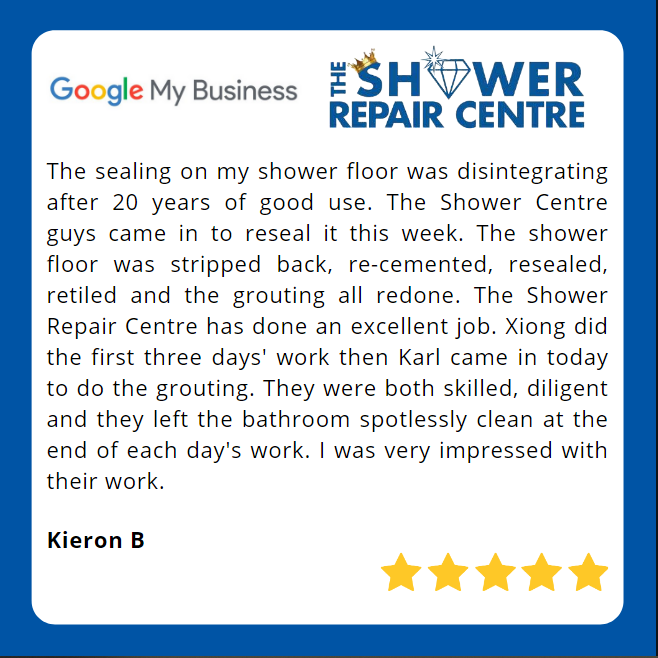Studies show that 28% of landlords said that possible damage to their property remains to be their major concern when renting out their space.
The question “Who’s at fault and who’s responsible?” can be a grey area, especially for rental properties.
The importance of arranging early, periodic, and exit condition reports has never been more emphasised as these eliminate speculation about repairs and replacements. This also avoids compensation claims if tenants prove the following:
- The tenant has incurred considerable loss and damage.
- It was caused by the rental provider or their agent’s failure to fulfil their legal or contractual obligations.
Here are a few reminders and tips when arranging these property inspection reports to help you avoid disputes and unnecessary costs:

Entry Condition Report
Before a tenant moves in, this property inspection report should be reviewed by all stakeholders to avoid any ambiguity and determine accountability.
The following should be included in the Entry Condition Report:
- Any appliances
- Overall condition of property
- Sagging plasters
- Bubbling wall paint
- Water leaks on sinks, toilets, faucets, and roof
- Water damage on walls, ceiling and floor
- Toilets
- Musty odours
- Window and door seals
- Furnace filters
- Smoke batteries
- Fire extinguishers
- Bugs or pests
- Make sure to check the tap on and off
Photos and other supporting files must also be attached to the report.
The tenant must also perform property inspections and confirm or dispute the entry report’s findings. They are welcome to provide further feedback at this point.
Periodic Condition Reports
The first six-week check should be followed by a visit every three to six months. The findings are then indicated in the Periodic Condition Reports. Property managers should conduct this regularly to determine if the property is being cared for properly and to spot any potential repair concerns so they can be proactive.
The periodic property inspections should verify and check the following:
- The lease agreement is being followed, and there are no illegal activities taking place
- The property is always kept in pristine shape
- The grounds are kept neat and orderly
- There are no intentional damages in the property
- The number of occupants does not exceed what is written in the lease
- Any issues in the property that might need repairs and replacements
Exit Report
Ideally, the tenant and property manager should prepare the exit report together so that any concerns may be rectified as soon as possible and the bond refund can be given.
However, if the tenants and the property manager decides to complete the property inspection report individually, they can follow the steps below:
- The tenant removes their belongings and thoroughly cleans the premises
- When returning the keys, the tenant completes an Exit Condition Report and sends it to the property manager
- During the exit property inspections, the property manager analyses the tenant’s remarks and makes any further recommendations, and signs document
- The property manager delivers a completed copy of the report to the renter’s new address
- A bond return request is made by either the tenant or the property manager
Using the Condition Reports to Claim the Bond
At the end of a rental agreement, a property manager can use the condition report to collect a portion or all of the bond if:
- There is new damage to the property that is not typical wear and tear
- The property will need additional repairs
- The property needs more cleaning
- Some things are missing
If your client needs shower repair services, just call 1300 888 806, or fill out the form here for a free quote.
Studies show that 28% of landlords said that possible damage to their property remains to be their major concern when renting out their space.
The question “Who’s at fault and who’s responsible?” can be a grey area, especially for rental properties.
The importance of arranging early, periodic, and exit condition reports has never been more emphasised as these eliminate speculation about repairs and replacements. This also avoids compensation claims if tenants prove the following:
- The tenant has incurred considerable loss and damage.
- It was caused by the rental provider or their agent’s failure to fulfil their legal or contractual obligations.
Here are a few reminders and tips when arranging these property inspection reports to help you avoid disputes and unnecessary costs:

Entry Condition Report
Before a tenant moves in, this property inspection report should be reviewed by all stakeholders to avoid any ambiguity and determine accountability.
The following should be included in the Entry Condition Report:
- Any appliances
- Overall condition of property
- Sagging plasters
- Bubbling wall paint
- Water leaks on sinks, toilets, faucets, and roof
- Water damage on walls, ceiling and floor
- Toilets
- Musty odours
- Mouldy cupboards
- Window and door seals
- Furnace filters
- Smoke batteries
- Fire extinguishers
- Bugs or pests
- Make sure to check the tap on and off
Photos and other supporting files must also be attached to the report.
The tenant must also perform property inspections and confirm or dispute the entry report’s findings. They are welcome to provide further feedback at this point.
Periodic Condition Reports
The first six-week check should be followed by a visit every three to six months. The findings are then indicated in the Periodic Condition Reports. Property managers should conduct this regularly to determine if the property is being cared for properly and to spot any potential repair concerns so they can be proactive.
The periodic property inspections should verify and check the following:
- The lease agreement is being followed, and there are no illegal activities taking place
- The property is always kept in pristine shape
- The grounds are kept neat and orderly
- There are no intentional damages in the property
- The number of occupants does not exceed what is written in the lease
- Any issues in the property that might need repairs and replacements
Exit Report
Ideally, the tenant and property manager should prepare the exit report together so that any concerns may be rectified as soon as possible and the bond refund can be given.
However, if the tenants and the property manager decides to complete the property inspection report individually, they can follow the steps below:
- The tenant removes their belongings and thoroughly cleans the premises
- When returning the keys, the tenant completes an Exit Condition Report and sends it to the property manager
- During the exit property inspections, the property manager analyses the tenant’s remarks and makes any further recommendations, and signs document
- The property manager delivers a completed copy of the report to the renter’s new address
- A bond return request is made by either the tenant or the property manager
Using the Condition Reports to Claim the Bond
At the end of a rental agreement, a property manager can use the condition report to collect a portion or all of the bond if:
- There is new damage to the property that is not typical wear and tear
- The property will need additional repairs
- The property needs more cleaning
- Some things are missing
If your client needs shower repair services, just call 1300 888 806, or fill out the form here for a free quote.













